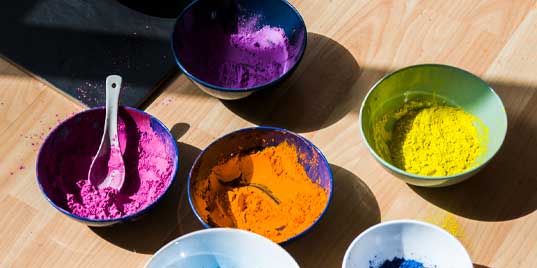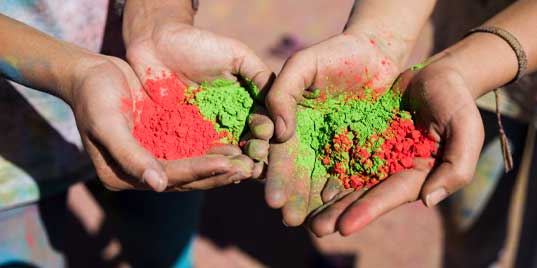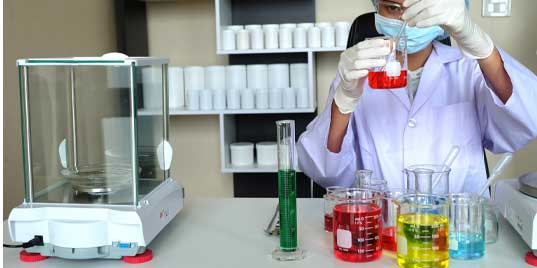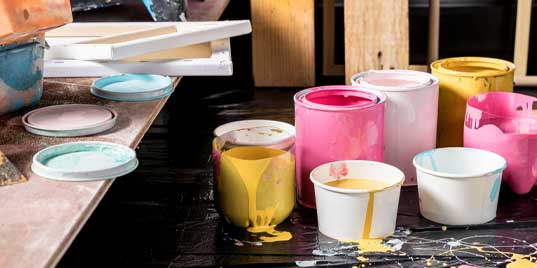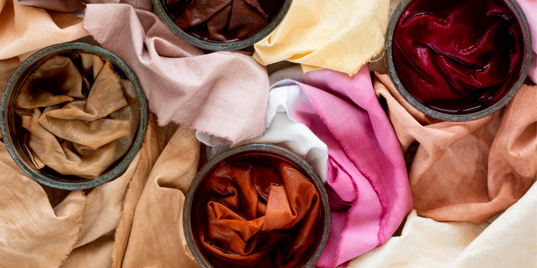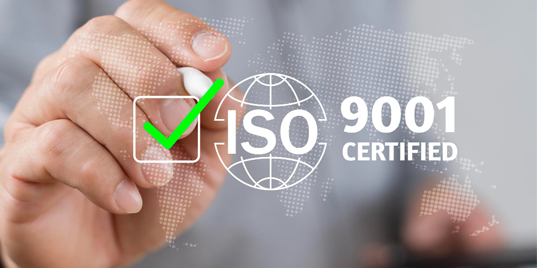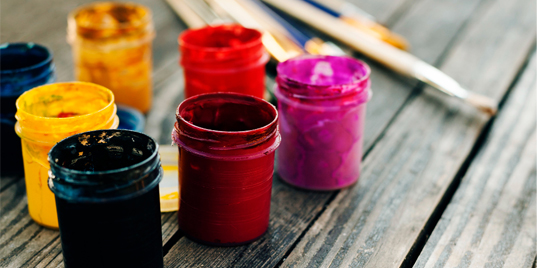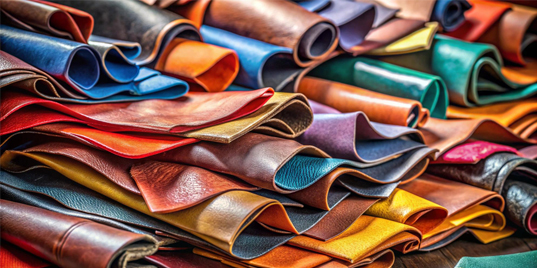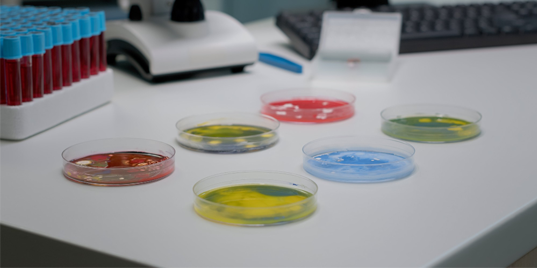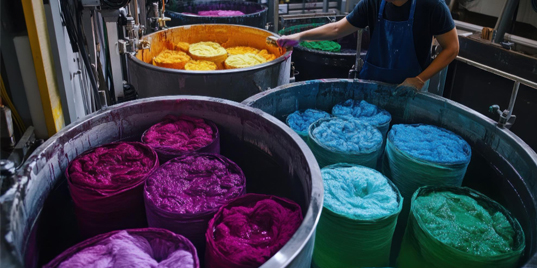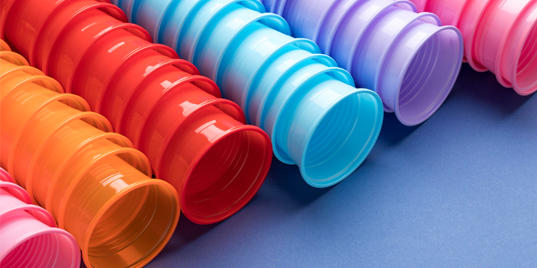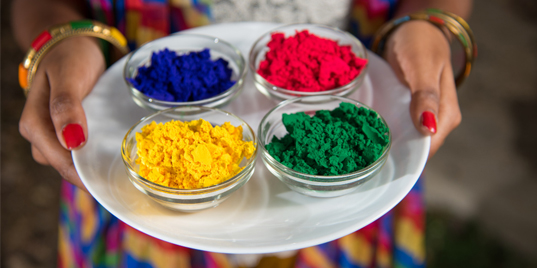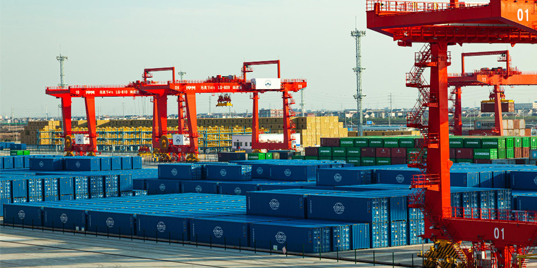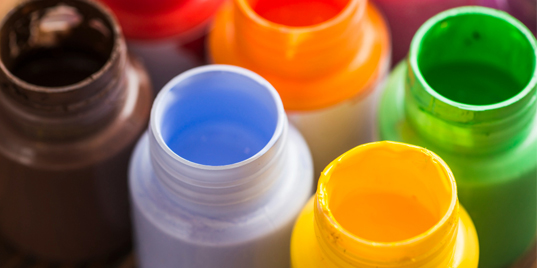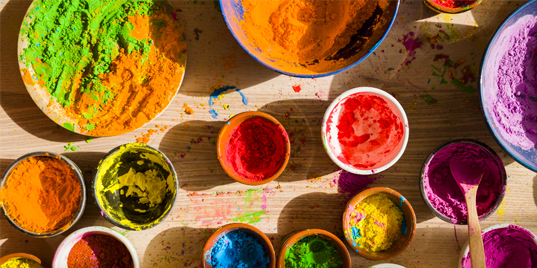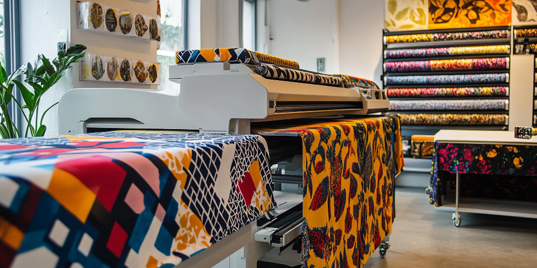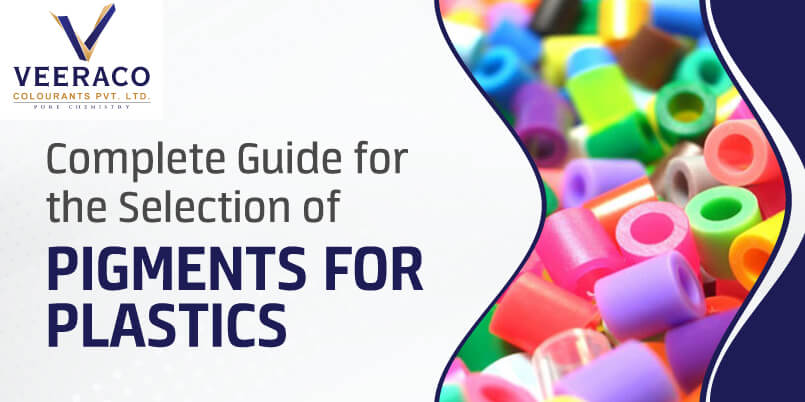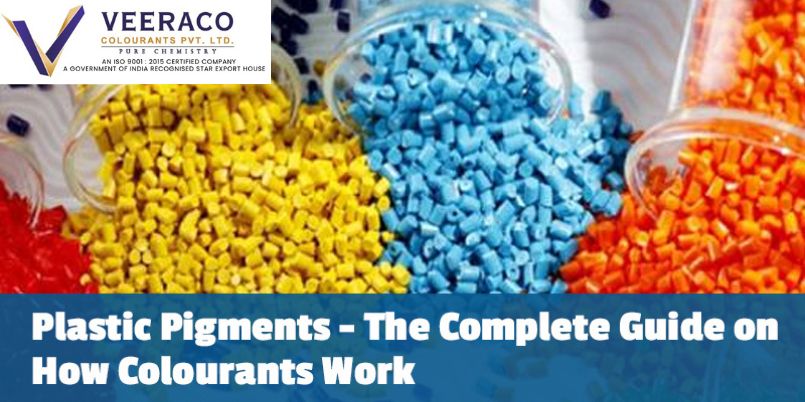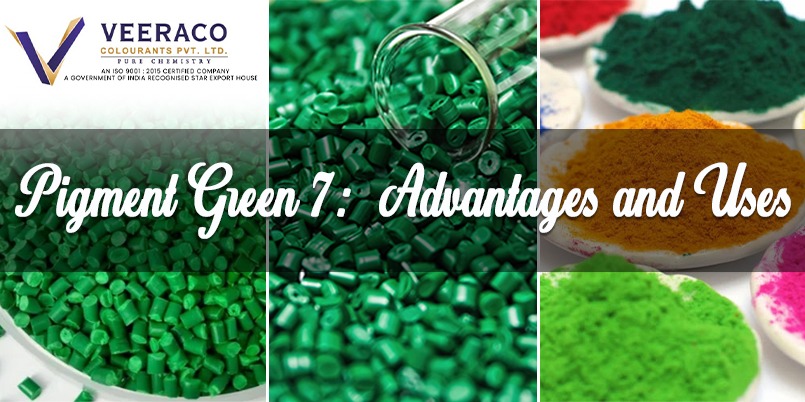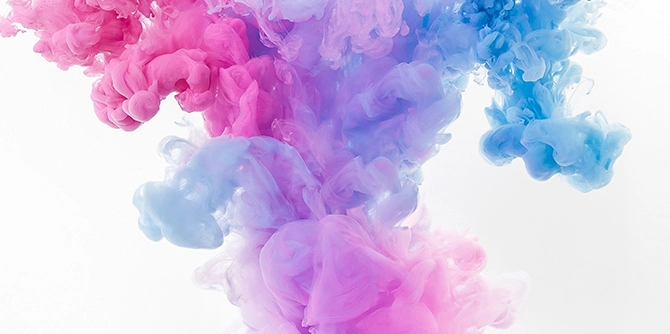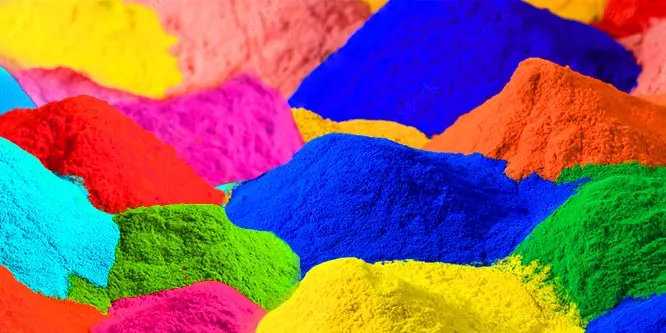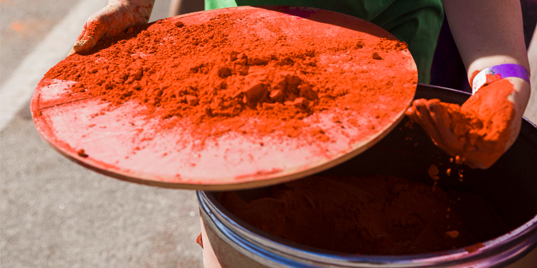
From A to Z: Your Complete Encyclopedia of Indian Dyes and Pigments Suppliers
- Admin
- Sep 21, 2025
From A to Z: Your Complete Encyclopedia of Indian Dyes and Pigments Suppliers
India ranks among the world's leading dyes and pigments manufacturers, serving domestic textile, leather, paper, plastic, and coating industries while exporting globally. Understanding India's dyes manufacturing landscape—product ranges, quality standards, sourcing strategies, and supplier selection—empowers buyers to make informed decisions. This comprehensive guide consolidates everything you need to know about Indian dyes and pigments manufacturers into one authoritative resource.
Table of Contents
1. Overview of Indian Dyes and Pigments Industry
2. Product Categories and Classifications
3. Major Dye Types and Applications
4. Pigments: Types and Uses
5. Quality Standards and Certifications
6. Manufacturing Processes
7. Sustainability and Environmental Practices
8. Regulatory Compliance
9. Sourcing Strategies
10. Supplier Selection Criteria
11. Global Export Markets
12. Pricing and Commercial Terms
13. Logistics and Shipping
14. Technical Support Services
15. Future Trends and Innovations
1. Overview of Indian Dyes and Pigments Industry
Industry Scale and Significance
India's dyes and pigments industry represents a substantial manufacturing sector with production exceeding 200,000 metric tons annually. The industry employs hundreds of thousands directly and supports millions through textile, leather, and related industries. Major manufacturing clusters include Gujarat (Ahmedabad, Vapi), Maharashtra (Mumbai, Pune), Tamil Nadu (Chennai), and scattered units across other states. These clusters benefit from infrastructure, skilled labor, and supplier networks.
Historical Development
India's synthetic dyes industry began over a century ago during the British colonial period. Post-independence industrial development accelerated domestic production. Economic liberalization in the 1990s spurred modernization, quality improvements, and export growth. Today's industry combines traditional expertise with modern technology, quality systems, and environmental management creating competitive global suppliers.
Global Position
India ranks among the top five global dyes producers alongside China, Germany, Switzerland, and Japan. While China dominates volume production, India competes effectively in:
- Quality and consistency
- Technical service and support
- Flexibility and responsiveness
- Competitive pricing
- Environmental compliance
- Regulatory adherence
Indian manufacturers serve customers worldwide including USA, Europe, Middle East, Asia Pacific, Africa, and Latin America.
Economic Impact & Industry Associations
The dyes and pigments industry generates billions in revenue and substantial export earnings. The industry supports direct manufacturing employment, downstream textile industries, chemical suppliers, logistics, research services, and export-related services. Key organizations supporting India's dyes industry include Chemexcil (Basic Chemicals, Pharmaceuticals & Cosmetics Export Promotion Council), SRTEPC (Synthetic & Rayon Textiles Export Promotion Council), and various state associations.
2. Product Categories and Classifications
Indian manufacturers produce comprehensive product ranges spanning multiple categories.
By Chemistry
- Synthetic Dyes: Chemical synthesis from petroleum or coal-derived intermediates. Represents majority of production.
- Natural Dyes: Plant, animal, or mineral-derived colorants. Niche segment growing with sustainability trends.
- Pigments: Insoluble colorants for coatings, plastics, printing inks. Both organic and inorganic types.
By Application
- Textile Dyes: Largest category serving cotton, polyester, wool, nylon, and blended fabrics.
- Leather Dyes: Specialized formulations for leather coloration.
- Paper Dyes: Colorants for paper and board manufacturing.
- Plastic Colorants: Pigments and solvent dyes for plastic coloring.
- Coating Pigments: For paints, automotive coatings, and industrial finishes.
- Ink Pigments: Printing ink applications.
- Food Colors & Cosmetic Colors: Food-grade dyes and personal care colorants (regulated categories).
By Solubility
- Water-Soluble Dyes: Reactive, direct, acid, basic dyes .
- Disperse Dyes: For hydrophobic fibers.
- Solvent Dyes: Soluble in organic solvents for plastics and coatings.
- Insoluble Pigments: Mechanical dispersion in media.
3. Major Dye Types and Applications
Understanding dye chemistry guides appropriate selection for specific substrates and processes.
Reactive Dyes
Chemistry: Form covalent bonds with cellulosic fibers via reactive groups.
Applications: Cotton, viscose, linen.
Advantages: Excellent wash fastness, bright colors, wide shade range.
Considerations: Require alkaline conditions and salt for exhaustion; proper fixation essential.
Disperse Dyes
Chemistry: Small water-insoluble molecules dispersed for fiber penetration.
Applications: Polyester, polyamide, acetate.
Advantages: Good sublimation fastness and color brightness.
Considerations: High temperature or carrier dyeing often required.
Vat & Sulphur Dyes
Vat Dyes: Insoluble dyes reduced to soluble leuco forms for dyeing then oxidized back; excellent wash and light fastness — ideal for premium cotton applications.
Sulphur Dyes: Economical, deep shades (often for denim), good wash fastness but limited to darker shades and require careful environmental handling.
Acid, Direct, Basic & Solvent Dyes
Acid Dyes: Anionic dyes for wool, silk, nylon, leather — bright shades and good levelness.
Direct Dyes: Water-soluble dyes for cellulosics where moderate fastness is acceptable.
Basic (Cationic) Dyes: For acrylics and specialty substrates — brilliant colors.
Solvent Dyes: Oil-soluble dyes for plastics, coatings, inks — no water required.
4. Pigments: Types and Uses
Pigments are insoluble colorants requiring mechanical dispersion and are widely used in paints, plastics, inks, and construction materials.
Organic Pigments
- Azo Pigments: Yellows, oranges, reds — largest class.
- Phthalocyanine: Blues and greens with excellent weathering.
- Quinacridones: High-performance reds and violets.
- Perylene/Perinone & Anthanthrone families: Premium reds and yellows.
Inorganic & Specialty Pigments
- Titanium Dioxide: White pigment (often imported in part).
- Iron Oxides: Yellows, reds, browns — strong domestic production.
- Carbon Black: Widely used black pigment.
- Metallic, Pearlescent, Fluorescent, Thermochromic: Specialty pigments for effects and smart applications.
Applications
Paints and coatings, plastics, printing inks, construction, cosmetics, and specialty industrial uses are major pigment applications.
5. Quality Standards and Certifications
Quality assurance and certification underpin buyer confidence and market access.
ISO & Industry Certifications
- ISO 9001 — Quality management systems
- ISO 14001 — Environmental management
- ISO 45001 — Occupational health & safety
- ISO/IEC 17025 — Testing laboratory competence
- Oeko-Tex Standard 100, GOTS, bluesign®, ZDHC — industry-specific sustainability and safety standards
Regulatory Approvals & Verification
Regulatory approvals include FSSAI (food colors), FDA (US exports), and REACH (EU). Always verify certificates through issuing bodies and request current documentation to avoid fake/expired claims.
6. Manufacturing Processes
Manufacturing involves chemical synthesis, purification, standardization, formulation, and rigorous quality control.
Synthesis & Purification
- Diazotization and coupling (azo dyes)
- Condensation reactions (phthalocyanines)
- Oxidation/reduction (vat and sulphur dyes)
- Fermentation (emerging natural dye production)
Purification steps—filtration, crystallization, washing, and drying—are critical to product purity and performance.
Standardization, Formulation & Quality Control
Commercial dyes are standardized for strength using diluents and dispersants; formulations include dye mixtures and auxiliary chemicals. Quality control occurs in-process, at intermediate stages, and on final product release with Certificates of Analysis for each batch.
7. Sustainability and Environmental Practices
Environmental responsibility is a growing imperative across the industry.
Effluent Treatment & Water Conservation
Conventional physical, chemical, and biological treatment are widely used. Advanced options include membrane filtration and advanced oxidation. Zero Liquid Discharge (ZLD) systems—eliminating liquid effluent through complete water recovery—are increasingly adopted in water-scarce regions. Recycling systems, process optimization, and rainwater harvesting help conserve water.
Energy, Waste & Sustainable Products
Renewable energy (solar, wind, biomass), energy efficiency measures, and carbon footprint programs reduce environmental impact. Low-impact dyes, natural dyes, bio-based chemicals, and compliance with GOTS/ZDHC are examples of sustainable product development. Hazardous waste handling, solid waste recovery, and emissions control remain key operational priorities.
8. Regulatory Compliance
Compliance with domestic and international regulations is essential for market access and risk management.
Indian Regulations
- Environmental clearances and State Pollution Control Board standards
- Air and water pollution controls
- Hazardous waste management rules
- Factory Act for worker safety
Export Market Regulations
Exporters must meet destination-specific regulations — USA (FDA, TSCA), EU (REACH, CLP), and various national standards. Brands often impose private standards that exceed baseline regulations.
Documentation Requirements
Technical data sheets, Safety Data Sheets (SDS), Certificates of Analysis, regulatory certificates, and origin certificates are typical documentation needed for compliance and customs.
9. Sourcing Strategies
Systematic sourcing minimizes risk and maximizes supplier performance.
Needs Assessment & Market Research
Define product requirements, quality standards, volume and budget parameters, and timelines. Identify potential manufacturers, conduct initial screening, gather profiles, catalogs and certifications, and check references.
Multiple Sourcing, Trial Orders & Partnerships
Use primary and secondary suppliers for security, place small trial orders to validate performance, and develop long-term collaborative partnerships focused on continuous improvement and strategic alignment.
10. Supplier Selection Criteria
Choosing capable partners requires evaluating technical, manufacturing, quality, environmental, commercial, and communication attributes.
Technical & Manufacturing Capability
- Product range and R&D capability
- Testing facilities and accreditation
- Production capacity and modern equipment
- Process controls and scalability
Quality Systems, Environmental Responsibility & Commercial Reliability
- ISO and industry-specific certifications
- Traceability, testing rigor, and documentation
- Effluent treatment and sustainability initiatives
- Financial stability, fair pricing, delivery performance
Communication & Service
Responsiveness, effective English communication, professional problem resolution, and a partnership approach are important differentiators.
11. Global Export Markets
Indian manufacturers serve a wide range of international markets, each with distinct characteristics and requirements.
Regional Characteristics & Export Requirements
- USA: Strict regulations (FDA, TSCA), quality focus.
- Europe: REACH compliance, sustainability emphasis, Oeko-Tex importance.
- Middle East: Fast growth, price competitiveness.
- Asia Pacific: Large, mixed requirements; China competition.
- Africa & Latin America: Emerging opportunities, price sensitivity.
Export success requires regulatory compliance, accurate documentation, reliable logistics, and appropriate payment terms.
12. Pricing and Commercial Terms
Understanding price composition and commercial terms supports effective negotiation.
Price Components & Variation Factors
- Raw materials, manufacturing costs, quality control, packaging, profit margin, freight and insurance.
- Price varies by product type, volume, payment terms, relationship length, and market conditions.
Payment Terms & Currency
Common terms include Letters of Credit for new relationships, Telegraphic Transfer, and Open Account for established customers (30–90 days). USD pricing is common; EUR/GBP sometimes used. Plan for exchange rate risk.
13. Logistics and Shipping
Efficient logistics are essential for timely delivery and cost control.
Domestic & International Modes
- Domestic: Road, rail, and port connections.
- International: Ocean freight (FCL/LCL), air freight for urgent small quantities.
- Transit times typically 7–45 days depending on destination and mode.
Incoterms & Documentation
Understand responsibilities under FOB, CFR/CIF, DDP, etc. Typical documents include commercial invoice, bill of lading, packing list, certificates (origin/analysis), and insurance.
14. Technical Support Services
Leading manufacturers provide comprehensive technical support across selection, application, testing, and training.
Application Support & Testing
- Dye selection, recipe development, process optimization, troubleshooting.
- Laboratory testing for fastness, performance evaluation, spectrophotometric color matching, and regulatory testing.
Training & Custom Development
Customer training, technical seminars, on-site support, and formulation services (custom development and bespoke shade work) are value-added services many top suppliers provide.
15. Future Trends and Innovations
The industry continues to evolve with sustainability, technology, and market structure shifts.
Sustainability & Circular Economy
Stricter environmental regulations, brand requirements, and consumer demand push adoption of low-impact dyes, ZLD, water recycling, and circular approaches including dye and textile recycling.
Technological Innovations
- Bio-based dyes from fermentation
- Digital technologies—AI, automation, and precision color management
- Nanotechnology and smart dyes (thermo-/photochromic)
Market & Quality Developments
Expect consolidation, vertical integration, specialization, geographic shifts, advanced testing methods, blockchain-enabled traceability, and expanding certification requirements.
Conclusion: Partnering with Indian Manufacturers
India's dyes and pigments industry offers a compelling value proposition combining quality, competitive pricing, technical capability, and growing environmental responsibility. Success requires understanding product options, quality standards, sourcing strategies, and rigorous supplier selection.
This guide provides a strong foundation for informed decision-making, but specifics vary by application, market, and individual manufacturers. Thorough research, careful supplier evaluation, and strong partnerships create win-win relationships delivering quality products, competitive pricing, and reliable service.
Whether sourcing textile dyes, industrial pigments, specialty formulations, or custom developments, India's manufacturing capabilities serve diverse global requirements. Progressive manufacturers embrace quality systems, environmental responsibility, and customer partnership—creating sustainable competitive advantages.
Contact Veeraco Colourants to discuss your specific requirements and experience our 80+ years of expertise, comprehensive product range, quality commitment, and customer-focused approach in serving global dyes and pigments markets.

